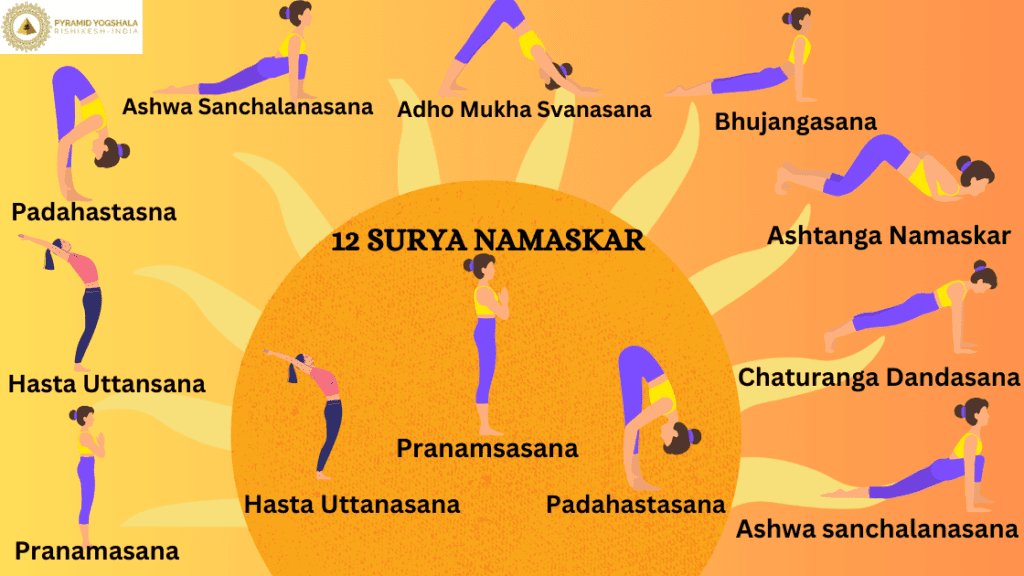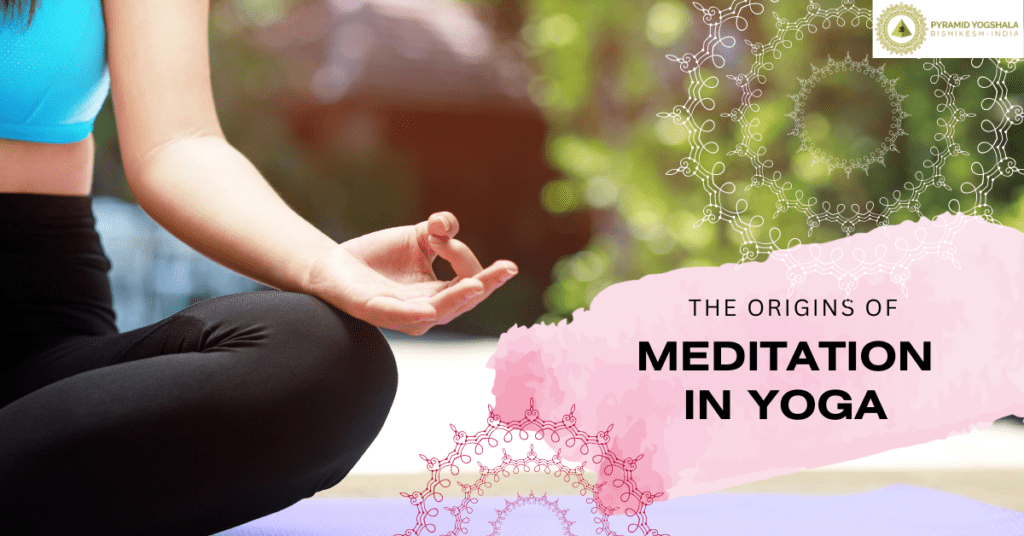Flexibility is a key component of physical fitness, yet it is often overlooked. Whether you’re an athlete, a desk worker, or someone experiencing stiffness, improving flexibility can enhance mobility, prevent injuries, and relieve tension. A well-structured yoga routine for flexibility can help lengthen muscles, increase the range of motion, and promote overall well-being.
In this article, we will look at an effective routine that includes beginner to advanced poses, professional recommendations, and an organized schedule for maximum results. Incorporating a yoga routine for flexibility into your daily life might have long-term physical and mental health advantages.
Benefits of Yoga in Enhancing Flexibility
- Increases Muscle Elasticity: Yoga gradually stretches and lengthens muscles, making them more pliable over time.
- Improves Joint Mobility: Regular practice helps lubricate the joints, reducing stiffness and enhancing movement.
- Lengthens Connective Tissues: By targeting fascia and ligaments, yoga increases the overall range of motion.
- Releases Muscle Tension: Deep breathing and mindful movement help relax tight muscles, improving flexibility.
- Promotes Spinal Flexibility: Poses that involve bending and twisting enhance spinal mobility and reduce rigidity.
Importance of Patience and Consistency
Flexibility doesn’t improve overnight. A consistent yoga routine for flexibility practiced 3-5 times per week can lead to significant improvements in 4-6 weeks. Pairing yoga with proper hydration, a nutritious diet, and sufficient rest further supports flexibility gains.
Progress may vary from person to person, depending on factors such as genetics, age, diet and lifestyle. However, sticking to a structured yoga routine for flexibility and focusing on gradual improvement will yield long-term benefits.
Best Yoga Poses for Flexibility
Beginner Poses
- Child’s Pose (Balasana) – Opens the hips, stretches the lower back, and elongates the spine.
- Cat-Cow Pose (Marjaryasana-Bitilasana) – Warms up the spine, improves mobility, and releases tension.
- Downward-Facing Dog (Adho Mukha Svanasana) – Stretches the hamstrings, calves, and back, promoting overall flexibility.
Intermediate Poses
- Seated Forward Bend (Paschimottanasana) – Deep hamstring and lower back stretch, calming the nervous system.
- Triangle Pose (Trikonasana) – Enhances side-body flexibility and strengthens the core.
- Low Lunge (Anjaneyasana) – Opens the hips, stretches the quadriceps, and improves posture.
Advanced Poses
- King Pigeon Pose (Eka Pada Rajakapotasana) – A deep hip opener that improves flexibility and balance.
- Wheel Pose (Chakrasana) – A deep backbend that enhances spinal flexibility and strength.
- Splits Pose (Hanumanasana) – Stretches the hamstrings and hip flexors, improving lower body mobility.
30-Minute Yoga Routine for Flexibility
Warm-Up (5 Minutes)
- Gentle neck stretches (side to side and forward-backward)
- Shoulder rolls to release upper body tension
- Cat-Cow Pose (10 rounds) to awaken the spine and improve mobility
Main Flow (20 Minutes)
- Downward-Facing Dog for 1 minute
- Low Lunge (right leg) for 1 minute
- Triangle Pose for 1 minute
- Seated Forward Bend for 1 minute
- Repeat sequence on the left side
- Pigeon Pose for minutes per side
- Wheel Pose for 30 seconds (optional for advanced practitioners)
- Splits Pose (if comfortable) for 1 minute per side
Cool-Down (5 Minutes)
- Supine Twist (1 minute per side) to relax the spine and hips
- Child’s Pose (1 minute) for gentle relaxation
- Savasana (2 minutes) to allow the body to absorb the benefits of practice
Tips for Improving Flexibility with Yoga
Here is quick advice from Pyramid Yogshala’s experienced trainers.
- Practice Daily: Even 10-15 minutes of consistent stretching makes a difference.
- Breathe Deeply: Oxygen flow relaxes muscles, helping them stretch more efficiently.
- Use Props: Yoga blocks and straps assist in achieving deeper stretches safely.
- Don’t Force It: Overstretching can lead to injuries—listen to your body.
- Hydrate and Rest: Well-hydrated muscles are more elastic and recover faster.
- Warm Up First: Always start with light movements before deep stretching.
- Engage Your Muscles: Active stretching (engaging muscles while stretching) improves flexibility faster than passive stretching.
Mistakes That Can Harm Your Flexibility

- Skipping warm-ups before deep stretches can lead to injuries.
- Holding the breath instead of breathing deeply to facilitate muscle relaxation.
- Comparing your flexibility and progress with others—everyone’s body is different.
- Rushing into advanced poses without mastering the basics, which can cause strain.
- Neglecting rest days—muscles need time to adapt and lengthen.
Start Your Flexibility Journey Today!
A dedicated yoga routine for flexibility can transform your mobility, posture, and overall health. Whether you’re just starting or looking to deepen your practice, this guide provides the steps necessary to achieve noticeable results.
Ready to begin? Try this routine for the next 30 days, track your progress, and share your experience!


